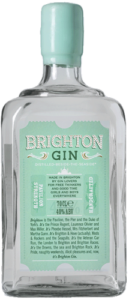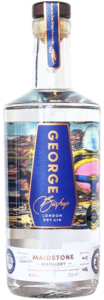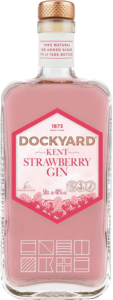Published on October 17th, 2024.
International G&T Day 2024 is coming up on 19th October!
Gin and tonics have long been a quintessentially British drink, earning their place as a beloved staple among classic cocktails. Known for their distinctive bitterness, gin and tonics become delightfully balanced with the addition of lime and sugar, making them enjoyable for many. Whether you’re ordering one at a bar or crafting your own at home, gin and tonics certainly deserve their special day of celebration.
History of Gin
The word ‘gin’ is derived from the Dutch word ‘jenever,’ which means ‘juniper.’ The Dutch have been distilling spirits with juniper berries since the Middle Ages, making it safe to say that gin originated there.
During the Middle Ages, juniper was believed to ward off ailments like the Black Death, a bubonic plague that decimated a third of Europe’s population, dispelling this myth along the way. Eventually, people discovered that distilled spirits were more appreciated for their intoxicating effects rather than their supposed medicinal properties.
In the 17th century, English soldiers fighting in the Thirty Years’ War in the Netherlands referred to jenever as ‘Dutch Courage’ because it helped steel them before battle. The soldiers who survived brought the drink back to England, where it evolved into the gin we know today.
How did Gin & Tonic Originate?
The origins of the gin and tonic trace back to the British East India Company in India during the 1700s. Faced with the rampant spread of malaria, Scottish doctor George Cleghorn discovered that quinine, a key flavour component of tonic water, could effectively treat the disease. However, the bitter taste of quinine was not well-received.
To make the medicine more palatable, British officers in India during the early 1800s began mixing tonic water with water, sugar, lime, and gin, giving birth to the gin and tonic. While tonic water is no longer used as an antimalarial treatment, it retains a small amount of quinine and is much sweeter than its original form. The gin used in the cocktail, made primarily from juniper berries, originated in 17th century Holland, where it was sold as a remedy for ailments like gout, gallstones, and stomach issues.
From these medicinal beginnings, the gin and tonic evolved into a popular British drink that transcended into popular culture. One of the most famous references to the gin and tonic is in the James Bond film “Dr. No,” where Bond enjoys the drink in Jamaica, with a whole lime squeezed in to make it tart and refreshing. This classic cocktail has since become a staple, celebrated for its unique history and enduring appeal.
Share this article
Click here to receive the latest and greatest promotions, new products, competitions and so much more straight to your inbox.










